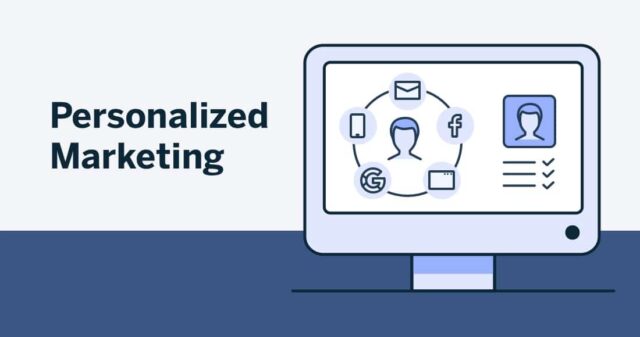In today’s digital landscape, consumers are inundated with advertisements. With so much noise, it’s essential for brands to cut through the clutter and connect with their audience in meaningful ways. Personalized advertising has emerged as a powerful strategy to enhance engagement and drive conversions. By tailoring ads to individual preferences and behaviors, brands can create more relevant experiences that resonate with their audience. This blog will explore how to effectively use personalized ads to improve engagement.

Table of Contents
Toggle1. Understand Your Audience
The foundation of personalized advertising lies in understanding your audience. Conduct thorough research to identify your target demographics, their interests, online behaviors, and pain points. Utilize analytics tools and customer surveys to gather insights into what your audience values and how they interact with your brand. This information will help you create tailored advertising strategies that resonate with your customers.
2. Segment Your Audience
Once you understand your audience, segment them into different groups based on specific characteristics, such as age, location, purchase history, and interests. By dividing your audience into smaller segments, you can create more focused and relevant ads for each group. This targeted approach increases the likelihood of engagement, as consumers are more likely to respond to ads that speak directly to their needs.
Example:
- A clothing retailer might segment their audience into categories like “men’s wear,” “women’s wear,” and “activewear,” creating tailored ads for each group.
3. Utilize Behavioral Targeting
Behavioral targeting involves analyzing users’ past online behavior to deliver personalized ads. This can include tracking users’ browsing history, previous purchases, and interactions with your website or social media. By leveraging this data, you can create ads that reflect users’ interests, increasing the chances of engagement.
Example:
- If a customer frequently browses running shoes on your site but hasn’t made a purchase, you can retarget them with ads featuring those shoes, along with complementary products like athletic apparel.
4. Incorporate Dynamic Creative Ads
Dynamic creative ads automatically tailor ad content to individual users based on their behavior and preferences. By using dynamic ads, brands can show different images, headlines, and calls to action to different audience segments, making the ads more relevant and engaging.
Example:
- An online travel agency might use dynamic ads to display personalized vacation packages based on users’ previous searches and bookings.
5. Leverage Retargeting Campaigns
Retargeting campaigns are an effective way to re-engage users who have previously interacted with your brand but did not convert. By displaying personalized ads to these users, you can remind them of the products they viewed or added to their cart, encouraging them to complete their purchase.
Example:
- If a user visits a product page but leaves the site without buying, retargeting ads can remind them of that product with a special offer or a limited-time discount.
6. Personalize Ad Copy and Visuals
Personalization extends beyond just targeting; it includes crafting compelling ad copy and visuals tailored to your audience’s preferences. Use language and imagery that resonate with specific segments of your audience. Incorporating user-generated content or testimonials can also enhance authenticity and relatability.
Example:
- A beauty brand could create separate ads for different skin types, using visuals and testimonials from customers with similar skin conditions.
7. Utilize Email Marketing for Personalized Ads
Email marketing is an excellent channel for delivering personalized ads directly to your audience. Use customer data to segment your email lists and create tailored ad campaigns that align with your recipients’ interests. Personalized email campaigns can include product recommendations, exclusive offers, and engaging content that encourages users to interact with your brand.
Example:
- A subscription box service could send personalized emails showcasing products that align with customers’ preferences based on their previous box selections.
8. Measure and Optimize Performance
To ensure the effectiveness of your personalized ads, regularly measure their performance using analytics tools. Track key metrics such as click-through rates, conversion rates, and engagement levels. Use this data to optimize your campaigns, refining your targeting and ad content based on what resonates most with your audience.
Example:
- If you notice that ads featuring specific product categories have higher engagement rates, consider increasing your budget for those segments and creating more related content.
9. Respect Privacy Concerns
While personalized ads can significantly enhance engagement, it’s crucial to respect user privacy and comply with regulations like GDPR and CCPA. Be transparent about data collection and usage, and provide users with the option to opt out of targeted advertising. Building trust with your audience is essential for long-term success in personalized advertising.
Conclusion
Personalized ads are a powerful tool for enhancing customer engagement and driving conversions. By understanding your audience, segmenting them effectively, utilizing behavioral targeting, and crafting tailored content, you can create advertising campaigns that resonate with your customers on a deeper level. Remember to measure performance and respect user privacy as you implement personalized strategies. Embracing personalized advertising will not only help you stand out in a crowded market but also foster meaningful connections with your audience, leading to long-term loyalty and success.


No responses yet